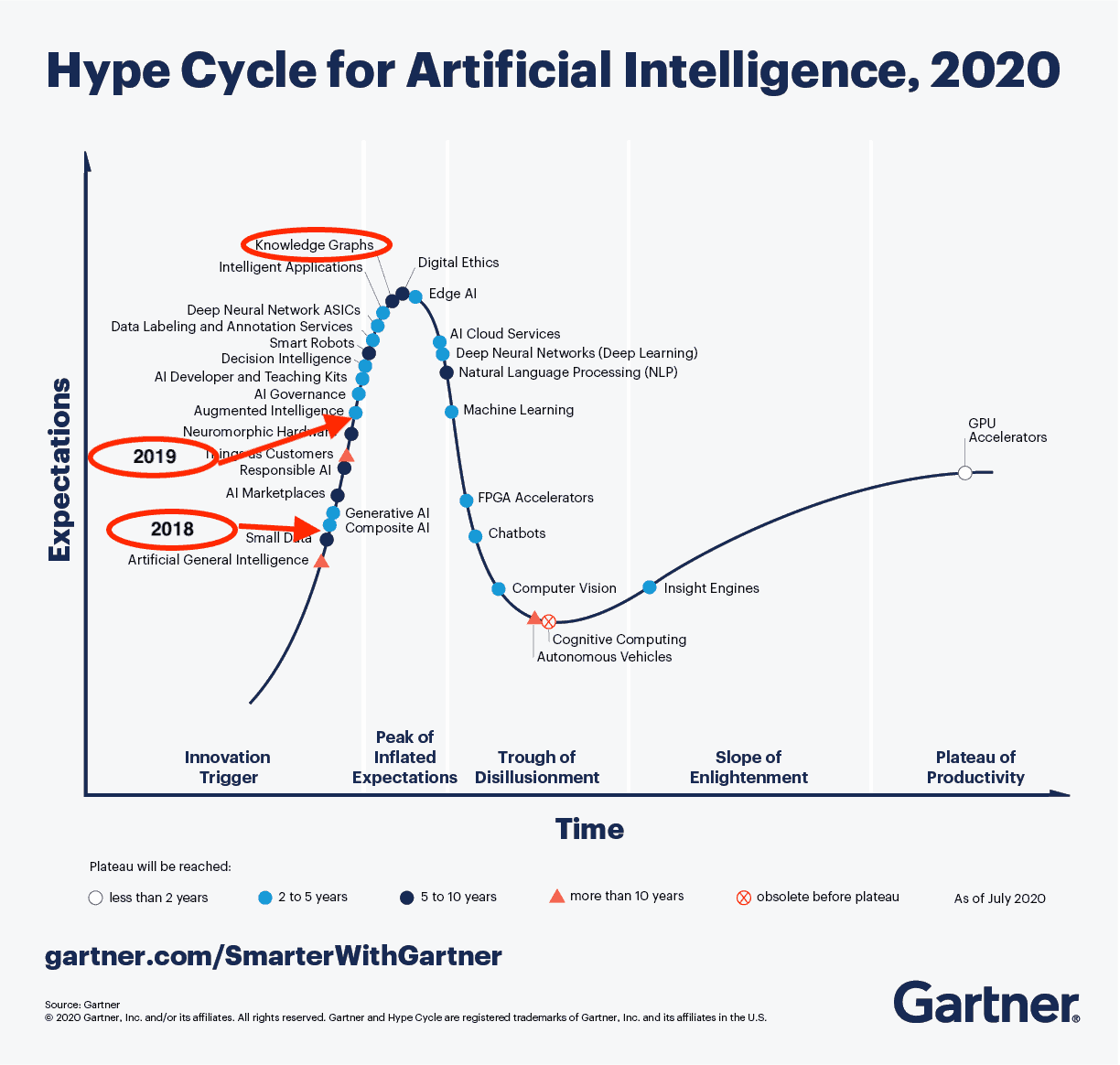Gartner Identifies Top 10 Data and Analytics Technology Trends for 2019
Trend No. 5: Graph
Graph analytics is a set of analytic techniques that allows for the exploration of relationships between entities of interest such as organizations, people and transactions.
The application of graph processing and graph DBMSs will grow at 100 percent annually through 2022 to continuously accelerate data preparation and enable more complex and adaptive data science.
Graph data stores can efficiently model, explore and query data with complex interrelationships across data silos, but the need for specialized skills has limited their adoption to date, according to Gartner.
Graph analytics will grow in the next few years due to the need to ask complex questions across complex data, which is not always practical or even possible at scale using SQL queries.
Gartner Identifies Top 10 Data and Analytics Technology Trends for 2020
Trend 4: X Analytics
Gartner coined the term “X analytics” to be an umbrella term, where X is the data variable for a range of different structured and unstructured content such as text analytics, video analytics, audio analytics, etc.
During the COVID-19 pandemic, AI has been critical in combing through thousands of research papers, news sources, social media posts and clinical trials data to help medical and public health experts predict disease spread, capacity-plan, find new treatments and identify vulnerable populations. X analytics combined with AI and other techniques such as graph analytics will play a key role in identifying, predicting and planning for natural disasters and other crises in the future.
Trend 10: Relationships Form the Foundation of Data and Analytics Value
By 2023, graph technologies will facilitate rapid contextualization for decision making in 30% of organizations worldwide. Graph analytics is a set of analytic techniques that allows for the exploration of relationships between entities of interest such as organizations, people and transactions. It helps data and analytics leaders find unknown relationships in data and review data not easily analyzed with traditional analytics.

O Gartner faz anualmente análises de mercado em determinados segmentos. Em 2019 e 2020, grafos de conhecimento estão em evidência.
ResponderExcluir